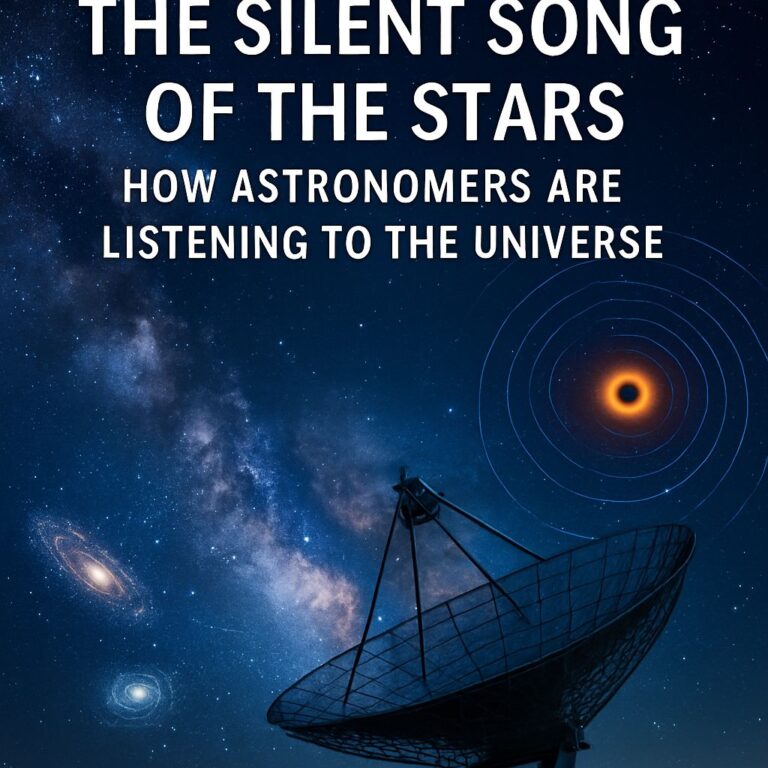
In late March 2025, Australian amateur astronomer Michael Mattiazzo discovered a new celestial object using images from the Solar and Heliospheric Observatory’s (SOHO) SWAN instrument. This discovery, named Comet SWAN25F, has captivated both the astronomy community and skywatchers.
**Discovery and Characteristics**
Comet SWAN25F was first detected on March 29, 2025, when it had an apparent magnitude of approximately +11. Since then, the comet has brightened rapidly, reaching a magnitude of around +8 by early April. Its greenish hue is due to the presence of diatomic carbon (C₂) in its coma, which fluoresces green when illuminated by sunlight. Long-exposure photographs have revealed a developing tail that extends over 2 degrees across the sky, indicating active sublimation as it approaches the Sun.
**Orbital Path and Visibility**
Comet SWAN25F is on a trajectory that will bring it closest to the Sun, known as perihelion, on May 1, 2025, at a distance of 0.333 astronomical units (AU). In early April, the comet was located within the Great Square of Pegasus, making it visible in the east-northeastern sky during pre-dawn hours. It is expected to move into the constellation Andromeda by mid-April, passing near the bright star Alpheratz around April 13. Observers in the Northern Hemisphere can see the comet with binoculars or small telescopes under clear, dark skies. After perihelion, the comet will be more favorably positioned for observers in the Southern Hemisphere.
**Observational Highlights**
Astrophotographers have captured stunning images of Comet SWAN25F. On April 9, 2025, for example, astrophotographer Josh Dury took a photograph of the comet over the Mendip Hills in Somerset, UK, highlighting its vibrant coma and elongated tail. These observations provide valuable data on the comet’s behavior and composition as it travels through the inner solar system.
Future Prospects
While comets are notoriously unpredictable, current projections suggest that Comet SWAN25F could reach a peak brightness of magnitude +5 around its perihelion, potentially making it visible to the naked eye under optimal conditions. However, solar activity and the comet’s structural integrity could influence its luminosity and visibility. Astronomers and enthusiasts are encouraged to monitor updates from reputable sources and take advantage of clear skies to observe this transient visitor.
The exciting discovery and ongoing observations of Comet SWAN25F truly showcase the incredible contributions of amateur astronomers in unraveling the mysteries of the universe! As this comet journeys through our skies, it offers a wonderful chance for both scientific exploration and public interest in astronomy.
For great sky charts and helpful tips on observing Comet SWAN25F, be sure to check out EarthSky.org—your go-to resource for all things celestial!


